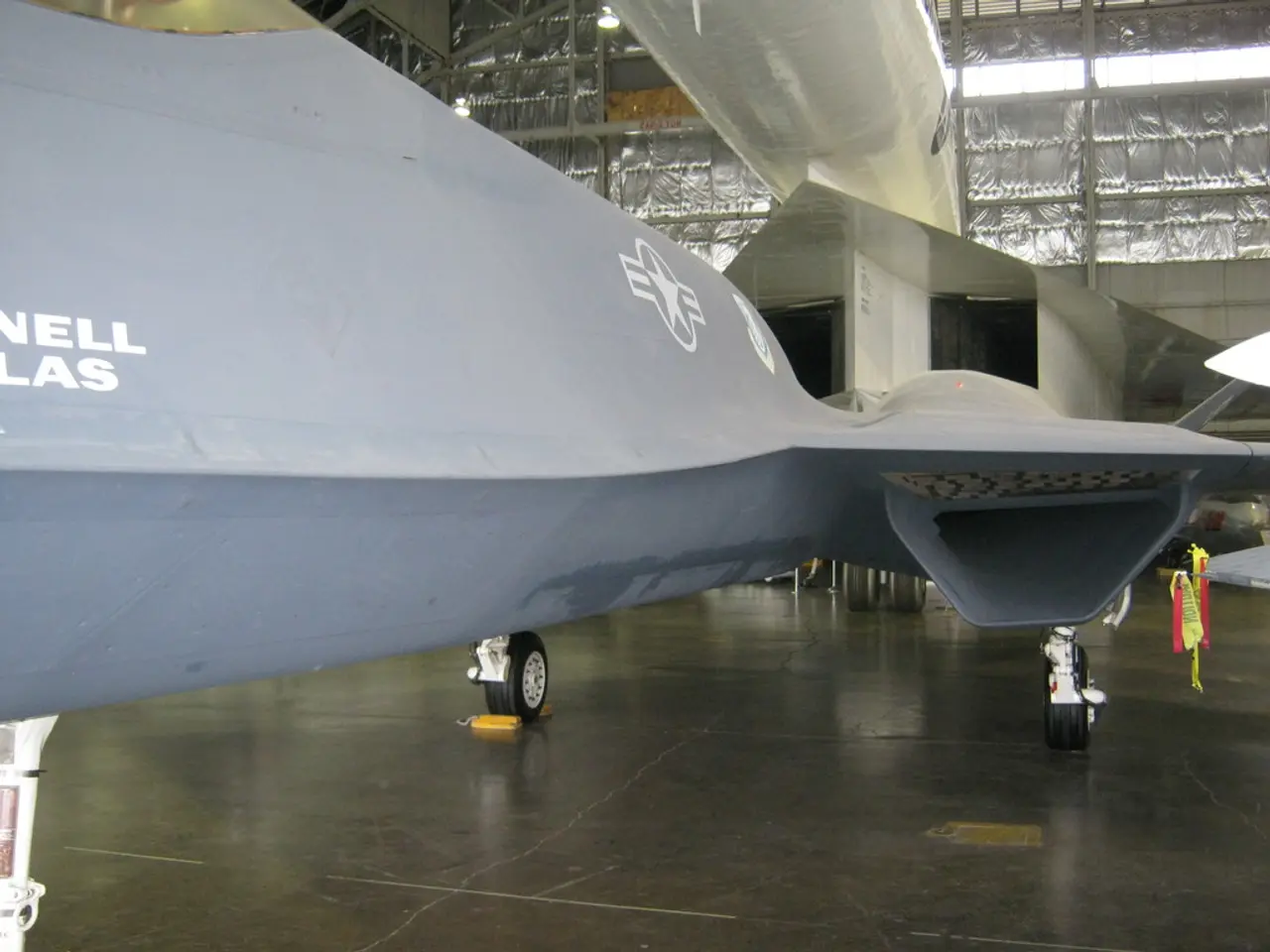Pathway to Airline Transport Pilot License (ATPL)
A career as a commercial airline pilot is a popular choice for those who share a passion for flying. The path to this exciting profession involves a series of licenses and ratings, each with specific training and flight hour requirements. In this article, we'll delve into the step-by-step process to obtain an Airline Transport Pilot License (ATPL), a crucial qualification for commercial airline pilots.
The Systematic Pathway to an ATPL
- Obtain a Private Pilot License (PPL)
- A minimum of about 40 flight hours is required under FAA Part 61 standards.
- Training covers basic maneuvers, takeoffs, landings, navigation, and emergency procedures.
- Allows flying solo and carrying passengers but not for compensation or hire.
- Earn Night Rating (NR) and Instrument Rating (IR)
- Night Rating extends privileges to operate aircraft at night safely.
- Instrument Rating allows flying under Instrument Flight Rules (IFR), crucial for commercial operations and airline flying.
- Obtain a Commercial Pilot License (CPL)
- Requires at least 250 total flight hours.
- Training covers advanced maneuvers and commercial operations.
- Permits compensation for flying, essential for professional piloting careers.
- Many build hours and proficiency by working as Certified Flight Instructors (CFI).
- Get Multi Engine Piston Rating (MEPR)
- Specifically authorizes flying multi-engine piston aircraft, a prerequisite for larger airplane operation.
- Gain Flight Experience to Meet ATP Minimum Hours
- Accumulate a minimum of 1,500 total flight hours, including requisite cross-country and nighttime hours.
- Hours can be built through instructing, charter flying, or other commercial flying opportunities.
- Complete ATPL Ground and Flight Training
- Includes advanced theory coursework and preparation for written and practical ATP exams.
- Must be at least 23 years old to qualify for ATP issuance in the U.S.
- Pass the ATP Written and Practical Exams
- Requires endorsements from certified instructors and passing rigorous FAA exams.
- Obtain Type Rating (TR) for the Specific Aircraft (e.g., Airbus A330)
- Type Rating is mandatory for large, complex aircraft like the A330.
- Involves specialized training, both simulator and flight training, focused on systems, procedures, and handling characteristics of that aircraft.
- Training for an A330 often includes about 2.5 months of theory and flight training culminating in an in-flight check.
- Start Airline Employment as Co-pilot/First Officer
- After earning the ATPL and type rating, pilots typically apply and interview for airline first officer positions.
- Continuing to build experience and progress toward captaincy follows.
A Summary of Licenses and Ratings
| License/Rating | Minimum Flight Hours/Requirement | Purpose | |-------------------------|-------------------------------------------------|------------------------------------------------| | Private Pilot License (PPL) | ~40 hours | Basic piloting skills | | Night Rating (NR) | Varies (night flight experience) | Authorizes night flying | | Instrument Rating (IR) | Additional flight and ground training | IFR flying capability | | Commercial Pilot License (CPL) | 250 total flight hours | Paid professional pilot qualification | | Multi Engine Piston Rating (MEPR) | Training on multi-engine piston aircraft | Authorization to fly multi-engine aircraft | | Airline Transport Pilot License (ATPL) | 1,500 total flight hours, 23 years minimum age | Highest pilot certification for airlines | | Type Rating (TR: A330) | Manufacturer-specific training (approx. 2.5 months) | Qualification to operate Airbus A330 aircraft |
This progression reflects common requirements primarily aligned with FAA standards and international commercial aviation norms. Specifics may vary by country and authority.
In summary, to fly an A330 commercially, a pilot must first obtain the PPL, NR, IR, CPL, MEPR, and then accumulate flight hours and pass ATP exams before undergoing dedicated Type Rating training for the Airbus A330.
Additional Notes
- Turkish Airlines has its own flight academy for training pilots to work in their fleet.
- Different authorities and aviation schools may have unique approaches to training future commercial airline pilots.
- There are numerous aviation schools worldwide that train future pilots.
- Humanity has a long-standing desire and curiosity to fly.
- Pursuing a career as a commercial airline pilot requires not only a passion for flying but also a commitment to education-and-self-development through learning, as demonstrated by the step-by-step process involving an Airline Transport Pilot License (ATPL) that requires obtaining licenses such as the Private Pilot License (PPL), Night Rating (NR), Instrument Rating (IR), Commercial Pilot License (CPL), Multi Engine Piston Rating (MEPR), and Type Rating (TR), along with gaining enough flight experience.
- The journey to becoming a commercial airline pilot is a pathway to personal-growth, enhancing one's skills and knowledge in aviation, from basic piloting skills to the advanced operational and theoretical knowledge required for an ATPL, which is essential for achieving the goal of flying commercial airline aircraft like the Airbus A330, ultimately leading to a fulfilling and rewarding career in the field of education-and-self-development and personal-growth.




